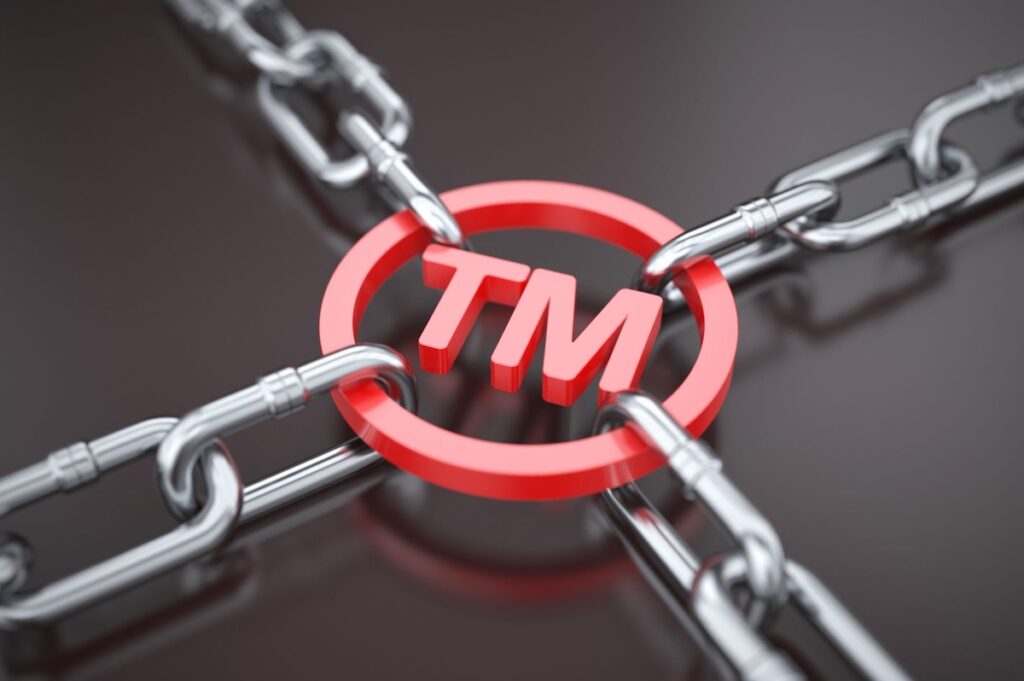Trademarks are a crucial component in establishing a strong and recognizable brand. They serve as a shortcut for consumers, instantly communicating the source of a product or service. Whether you’re choosing a name for a new business or protecting an established brand, understanding the different types of trademarks can help you create one that stands out in the marketplace.
What Is a Trademark?
A trademark is essentially your brand’s signature—an identifier that answers the question, “Where does this product or service come from?” We encounter trademarks daily, often without giving them a thought. When deciding whether to drive a Toyota Prius or a GMC truck, or whether to dine at Macaroni Grill, McDonald’s, or order pizza from Papa John’s, you’re interacting with trademarks.
Trademarks allow consumers to make quick purchasing decisions based on recognition and trust. They are valuable tools for businesses because they create an immediate connection between a product and its reputation.

The Four Types of Trademarks
Not all trademarks are equally strong. They fall into four main categories: fanciful, arbitrary, suggestive, and descriptive. The strength of your trademark often determines how easily it can be protected and enforced.
Fanciful Marks
Fanciful marks are the strongest form of trademark. They consist of invented words that have no prior meaning before being used in connection with a product or service. Examples include “Polaroid” and “Xerox.” These words were created solely to identify a brand, making them highly distinctive and easy to protect.
Arbitrary Marks
Arbitrary marks use real words that have an existing meaning, but apply them in a way unrelated to their original definition. For example, “Apple” refers to electronics, not fruit, and “Indian” may refer to motorcycles rather than a nationality or ethnicity. Arbitrary marks can be powerful because they are memorable, yet unrelated to the goods or services they represent.
Suggestive Marks
Suggestive marks hint at the qualities or characteristics of a product without directly describing it. They require the consumer to use a bit of imagination to make the connection. Examples include “Coppertone” for suntan lotion or “Husky” for tools. Suggestive marks are generally registrable and protectable, but they are slightly less distinctive than fanciful or arbitrary marks.
Descriptive Marks
Descriptive marks directly describe a feature, quality, or characteristic of the goods or services. Examples might include “Lawnmower” for a grass-cutting device or “American Airlines” for a U.S.-based airline. Descriptive marks are the most difficult to register because they lack inherent distinctiveness. However, if they develop a strong association in the minds of consumers through long-term use, they can function as trademarks.

Creating a Strong Trademark
When developing a new trademark, aim for a name that is distinctive and memorable. Fanciful and arbitrary marks generally offer the best legal protection and marketing potential. Suggestive marks can also be effective, but descriptive marks should be approached with caution unless you plan to invest heavily in building brand recognition.
Your trademark should serve as a clear shortcut to your product or service, making it easy for consumers to identify and trust your brand.
At Richardson Clement PC, we help businesses create, protect, and defend their trademarks. A well-chosen trademark can become one of your company’s most valuable assets—and we’re here to make sure yours is strong from the start.
